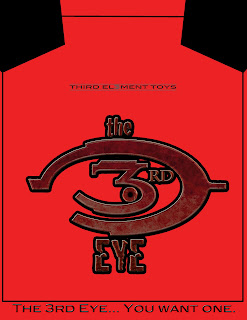Strange Fruits by Hank
Willis Thomas was the exhibit that I found most interesting at the
30 Americans Exhibit.
30 Americans Exhibit.
“Ball and Noose”
This is a picture of an African
American basketball athlete hanging from a noose. He is wearing Nike
basketball shorts and a pair of Nike basketball shoes with no shirt on. The noose is around his right wrist
as well as a basketball in the palm of his right hand. The background of this composition is all black and
there is very little lighting projected onto the subject. The hanging male’s back is facing towards the
viewer and he is centered in the picture. With the male being centered in this picture, the black
background space is distributed evenly throughout the rest of the picture. This also causes direct emphasis
on the subject. This picture depicts that the present day athlete is a modern-day slave to its respective
association or league. This composition was created in 2011which is also during the time of the current
NBA lockout. The lockout is synonymous of the slave master enforcing his power upon his workers.
basketball shorts and a pair of Nike basketball shoes with no shirt on. The noose is around his right wrist
as well as a basketball in the palm of his right hand. The background of this composition is all black and
there is very little lighting projected onto the subject. The hanging male’s back is facing towards the
viewer and he is centered in the picture. With the male being centered in this picture, the black
background space is distributed evenly throughout the rest of the picture. This also causes direct emphasis
on the subject. This picture depicts that the present day athlete is a modern-day slave to its respective
association or league. This composition was created in 2011which is also during the time of the current
NBA lockout. The lockout is synonymous of the slave master enforcing his power upon his workers.
“Branded Head”
This is a picture of a profile view of a
shaved African American’s head with a Nike logo branded on the side. The face
of the subject is cut out of the picture and the bottom of picture stops just
at the top of the man’s shoulder. The lighting is directly on the Nike logo in
the head on the man. The background of this composition is all white. This
picture is symbolic of the strong-hold that the Nike brand has on the African
American community. The company offers highly respected athletes large sums of
money to wear nothing but their product while they are in the spotlight. This
in-turn gets the youth to also wear the product for the mere fact that his/her
favorite athlete is always seen wearing this logo. So not only do they brand
the athlete with their logo, they are also branding the African American
community. While these companies may not physically brand our bodies, they
brand our minds.

















